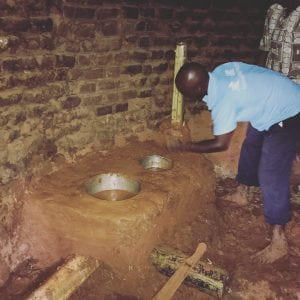
Agriculture
November 19, 2024
HoPE LVB Energy Efficient Stoves
Read SolutionImplemented by
Pathfinder International
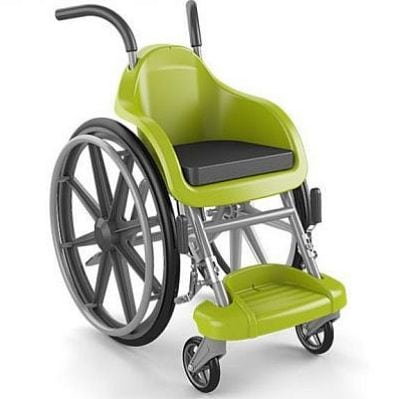
Updated on February 29, 2024
·Created on November 3, 2018
A lightweight and colorful wheelchair for children in low-resource settings.
Wheelchairs of Hope manufactures a wheelchair that is low cost, designed to handle rugged terrain, and kid-friendly. Designed for riders ages 2-14, the manufacturers worked to make the chair look appealing and offers three bright colors. It fits and provides postural support to disabled children in order to provide the mobility needed for daily life (such as going to school).
Target SDGs
SDG 3: Good Health and Well-Being
Market Suggested Retail Price
$100.00
Target Users (Target Impact Group)
Small and Medium-sized Enterprises, Public Sector Agencies
Distributors / Implementing Organizations
Wheelchairs of Hope, Hospitals/Institutions including Alyn Hospital in Jerusalem and Beit Issie Shapiro in Ra’anana.
Competitive Landscape
Direct competitors include Motivation Rough Terrain Wheelchair, GEN_1 Design Wheelchair, and Rough Rider Wheelchair.
Regions
Africa, Asia, Central America, South America
Manufacturing/Building Method
The chair is manufactured in China by Sharp Manufacturing and distributed by Wheelchairs of Hope, based in Israel. The original seat prototype was made on a 3D printer. The seats are made of plastic.
Intellectural Property Type
Patent
User Provision Model
Wheelchairs of Hope distributes chairs to hospitals and other institutions providing care to disabled children. These institutions distribute the chairs to the children & families.
Distributions to Date Status
250 wheelchairs have been distributed in Israel and Palestine. 100 have been sent to institutions in Vietnam. Chairs were delivered in Peru and Tajikistan. In 2018, 50 wheelchairs were sent to South Africa and more are heading to Argentina.
Maximum rider load (kg)
40
Seat widths (min-max, cm)
29.5
Seat depths (min-max, cm)
28cm
Adjustable seat (yes/no)
No
Frame type (folding/rigid)
Rigid
Frame type (material)
Metal – steel
Seat angles (degrees):
93
Footrest heights (min-max)
Unknown
Repairable with universal components (yes/no)
No
Chair weight (kg)
10
Fatigue tested (yes/no)
yes
Fatigue test results (cycles)
20,000
Design Specifications
The seat of the wheelchair is made out of plastic and designed specifically to provide the proper support for a child. The frame components are a mix of metal and plastic. The chair can be completely disassembled so it can be shipped. A safety belt and cushion are included with the chair.
Technical Support
Technical support can be found in its manual as well as by contacting the manufacturer.
Replacement Components
Some common replacement components are included with the original package. For other components users need to contact the manufacturer.
Expert advisors note that specific information and validation on this product's maintenance requirements is not available. For products intended to be used by individuals with minimal technical knowledge, maintenance directions are essential.
Lifecycle
Unknown.
Manufacturer Specified Performance Parameters
The manufacture claims their product meets the following targets:
Vetted Performance Status
The chairs were tested by the manufacturer and rehabilitation staff at Alyn hospital. Beit Issie Shapiro, an Israeli non profit which aims to help the disabled, also participated in the testing process. The chair was also tested by CBC Centre for Testing and Certification in Poland. This group tested the static stability, fatigue, and disengaging force among other things (summarized here: 125 2016 E1 Summary) according to ISO and EN standards. Expert advisors note that although conventional mechanical testing has been performed, testing to validate performance of wheelchair on uneven terrain is not currently available.
Safety
The chair is safe for children weighing less than 40kg (88lbs). There is an anti-tip piece that needs to be secured if the wheelchair is tipped while driven. The manufacturer suggests checking the security of the bolts weekly. Brakes should be activated whenever the occupant is getting in or out of the chair.
Complementary Technical Systems
The chair was designed so that if additional pieces such as a neck support were need, these could be accommodated.
Academic Research and References
Solomon, Shoshanna. “Hundred-Buck Wheelchair Brings Hope to Disabled Kids” The Times of Israel, 2016.
Leichman, Abigail Klein. “Wheelchairs of Hope, from Israel with Love.” ISRAEL21c, 2014.
Wheelchairs of Hope, “Assembly and Manuals“, 2020
Wheelchairs of Hope, “Shipping Instructions“, 2020
Wheelchairs of Hope, “Our Products“, 2020
Compliance with regulations
This product complies WHO guidelines, ISO 7176, EN 12183, and has the CE mark in Europe.
Evaluation methods
The wheelchairs underwent static stability testing according to ISO 7176-1 and manual wheelchair testing prescribed by EN 12183 standards.

Agriculture
November 19, 2024
Implemented by
Pathfinder International

Agriculture
June 9, 2024
Implemented by
Turkcell

Agriculture
August 22, 2024
Implemented by
Farmers Hope
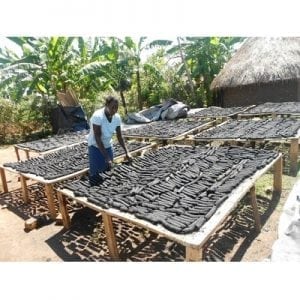
Agriculture
November 22, 2024
Implemented by
Appropriate Energy Saving Technologies Limited (AEST)
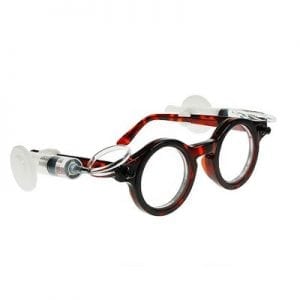
Agriculture
February 5, 2024
Implemented by
Centre for Vision in the Developing World
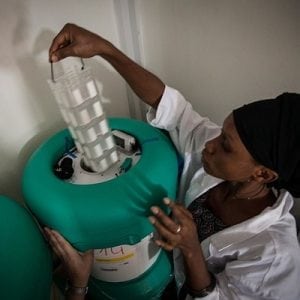
Agriculture
February 20, 2024
Implemented by
Intellectual Ventures Lab
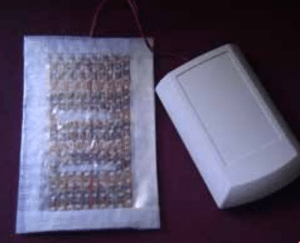
Agriculture
March 1, 2024
Implemented by
Infantrust Parenting Solutions
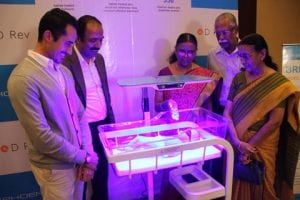
Agriculture
February 16, 2024
Implemented by
Equalize Health
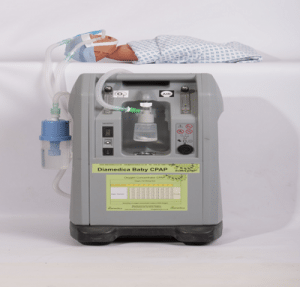
Agriculture
September 27, 2024
Implemented by
Diamedica
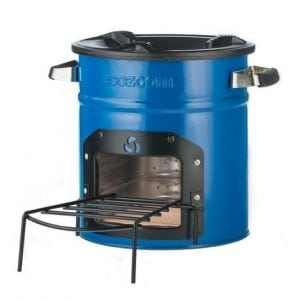
Agriculture
December 2, 2024
Implemented by
BioLite
Have thoughts on how we can improve?
Give Us Feedback
While this product has undergone conventional mechanical testing, more testing is needed to validate the performance of the wheelchair on uneven terrain. Further validation is also needed to confirm that the wheelchair is maintenance free, as that would be important for a product that is intended to be used by individuals with limited to no technical knowledge. Opportunities to provide local or semi-local repair services should be considered.